When ticks appear and when the season of their greatest activity ends
Content
- Tick life cycle
- Tick Disease
- Preparations for treating the area from ticks
The tick season begins in early spring and ends in autumn. Favorable conditions for their existence is the air temperature within +20 degrees Celsius, humidity - 80%. Parasites are most active in the springtime, when they are only awakening from hibernation.The tick season in 2018 begins in April, due to the long winter, the first bite was recorded last March 7 on March 7.
When ticks appear
Parasites wake up in early spring during the period of flowering of snowdrops, bud swelling. As soon as the snow melted, the air warmed up, the pests crawl out of their shelters. Ticks wake up at a temperature of +1 - +3 degrees Celsius, but become active at +10.
On a note!
The most favorable temperature indicator for life, the development of parasites - +20 degrees Celsius, humidity within 80%.
The period of activity of ticks in each year may begin differently. It all depends on the climatic conditions. Mites appear in the spring after the snow melts, the air warms up, and this may be both the end of March and April. If the winter was harsh, with the temperature falling to a critical level, the number of parasites will be insignificant.
Features of the life cycle
Nymphs, fertilized females winter. The first ones continue the development cycle, the second ones complete it - they lay eggs, giving birth to a new generation. In spring, the number of eggs laid is in the thousands.The life cycle of the tick lasts 2 years, during which time the parasite replaces 3 hosts.
After their birth, the larvae begin to search for the first owner. They are wild animals, rodents, birds. They drink blood, they disappear in a few days. In a well-heated land molt, turn into a nymph. This happens either in the late summer or autumn. In the first case, the pest is again looking for a host, in the second - it winters.
Wild animals, domestic animals, artiodactyls, rodents, parasites and people are becoming the second owner for nymphs. After drinking blood, the nymph falls to the ground again, turning into an imago. Further development continues in the spring of next year. Young females, males find a victim, drink blood, achieve sexual activity. Start laying eggs.
When ticks are dangerous for people
The period of activity of ticks is directly dependent on the life cycle. Awaken after hibernation in late March, April. But especially dangerous pests are somewhat later. The peak of activity is observed in May, continuing in June, the first or second decade. It all depends on the climatic conditions.
On a note!
What kind of weather loves mites - warm, moderately rainy. Mass reproduction is observed at 20-25 degrees Celsius with frequent short rains. In such conditions it is impossible to be in the forest because of the huge amount of blood-sucking parasites. Whether ticks are active in the rain - it all depends on the amount of precipitation. If it is a small spray, the pests do not hurry to hide, remain alert.
In July, tick activity decreases, which is facilitated by several factors.
- Spider-like eat natural enemies - birds, animals, reducing their numbers.
- Females who have already exhausted their energy potential are dying, the young generation of pests is at the development stage.
- Air temperature rises, humidity decreases.
The tick season ends with the onset of persistent cold weather. When this happens, to predict in advance is problematic. If the first frosts begin in September, the pests will hasten to take refuge, no longer get out of their shelters until spring, they will not become active. With steady warm weather, ticks disappear at the end of October, completely disappear in November.
On a note!
The second generation of young ticks may appear by the end of August, but the parasites are not as active as they are in spring. Both adult females and nymphs have one goal - to drink blood, to continue the development cycle. Dangerous to humans and those and others.
If you paint the activity of ticks by month, the picture looks like this:
- March-April - low;
- May-mid June - high;
- July, August - average;
- September-October is low.
The acceptable time of day is day, but if you stay in the wild at night, the probability of tick infestation increases. The reason is prolonged contact with grass, thickets, bushes.
Danger to humans
Pests feed on blood, are carriers of dangerous diseases. After the bite there is a blister, a red spot, itching, irritation, an allergic reaction appears. In the absence of a virus, the effects of activity disappear on their own without special treatment within a week. With the entry of the virus into the blood, the development of a terrible disease begins, the incubation period lasts from several days to 2 months.
Transfer:
- theileriosis;
- piroplasmosis;
- Lyme disease;
- erpichiosis;
- hematozoanosis;
- tularemia for cats, dogs;
- tick paralysis;
- fever;
- encephalitis.
The most dangerous ixodic mites. The virus is stored in the blood, transmitted to the younger generation. The mites themselves do not get sick, they transmit the virus to humans, they become infected when they are bitten by an infected wild animal. They wake up early in the spring, show activity throughout the warm season, may disappear in November. Adverse weather conditions can reduce the activity of this type of parasite.
The feasibility of vaccination
In Siberia, the issue of protection from dangerous pests is acute. Resist the massive disease of the vaccine. Subject to mandatory vaccination are people who plan to visit Siberia in the next six months. In this way, you can protect yourself from encephalitis. There are 3 vaccinations with an interval of 1 month. Vaccinations make in Moscow and other cities, public, private clinics.
There is no vaccine against borreliosis and some other diseases, they are protected by repellents to scare away parasites, dense clothing. In the forest should dress so that there is no open skin. Upon returning home should throw everything in the laundry.
On a note!
Mite, once on the human body, does not show activity immediately.It is absorbed into the skin after approximately 2-3 hours. In a simple way, you can protect yourself from a dangerous disease.
Methods of struggle
You can scare away with cologne with a pungent smell, essential oils of citronella, lavender, cloves. Sprays and aerosols are used - Raptor, Reid, Taiga, Off, Moskitol. Spray clothes carefully, some products may be applied directly to the skin.
On a note!
Ticks are active during the day, like sunny glade, calm weather, humid air. In most cases they live in tall grass, thickets at a distance of 50 cm from the surface of the earth.
To save your land from parasites, to ensure safe outdoor recreation, use smoke bombs - Silent evening, Whirlwind, Fomor. Use solutions for spraying herbs, trees on the basis of insectoacaricides. You can poison the drug Sinuzan, Hangman, Medilis-Ziper, Forsyth.
Massive ticks are not poisoned, as this increases the chances of the death of natural enemies - birds, animals, insects. This explains the fact why there are many ticks. Initially, after using chemicals, pests disappear, but along with them, natural enemies. Over time, the population of pests increases, but their "destroyers" do not.A situation arises when people say that before there were no ticks, now there are a lot of them.
Pests can become more active at the end of March and end their activities in November. Therefore, safety should always be remembered, but you should not be afraid of panic. Contagious, not all ticks, with timely access to specialists the risk of the disease is reduced or the disease proceeds without complications. In advance, you should protect yourself with clothes, repellents, be vaccinated when visiting dangerous areas, areas.

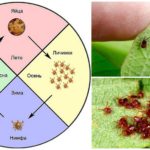
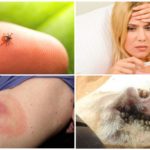

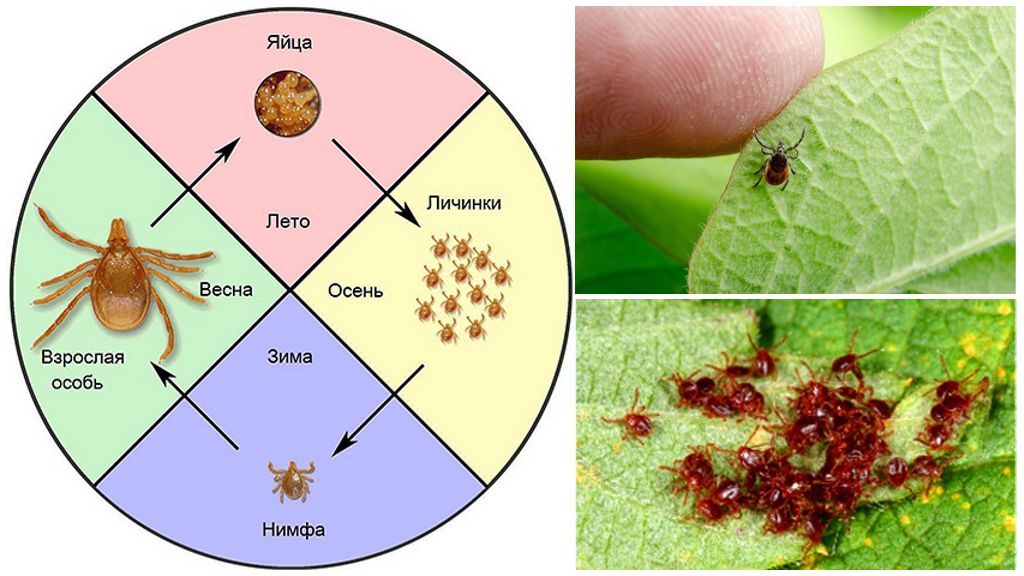
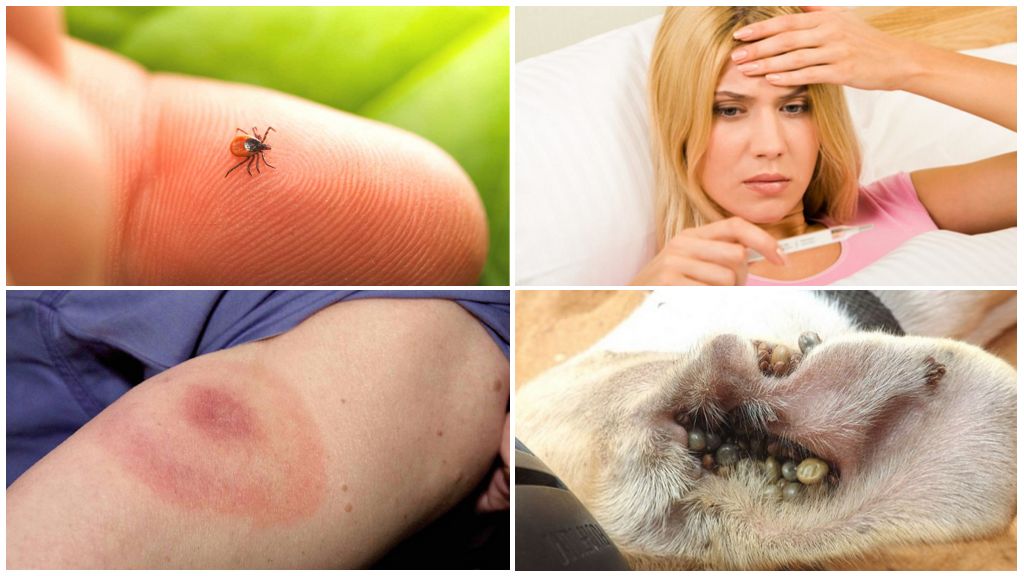
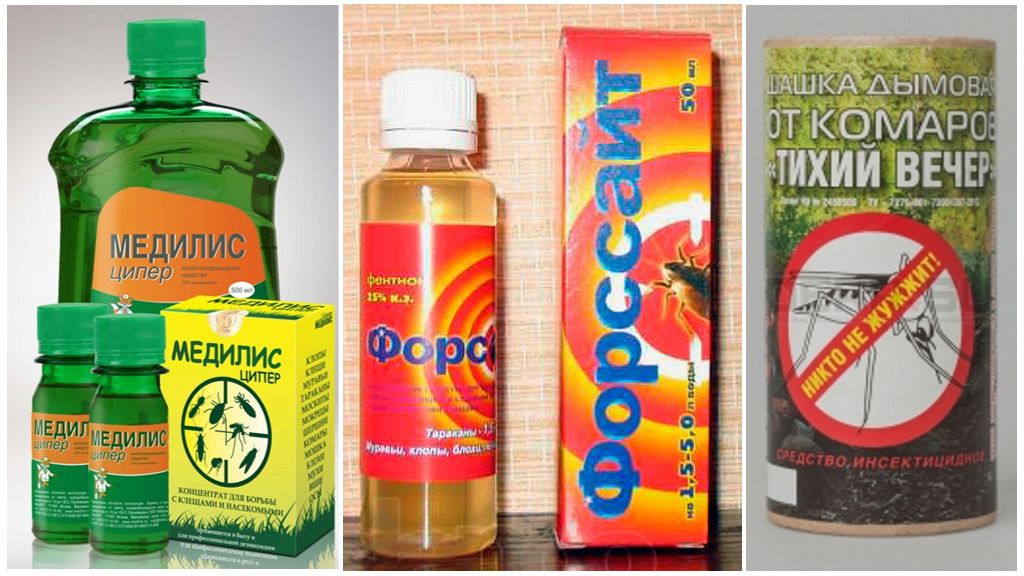

 (votes: 10, Average rating: 4.60 out of 5)
(votes: 10, Average rating: 4.60 out of 5)


